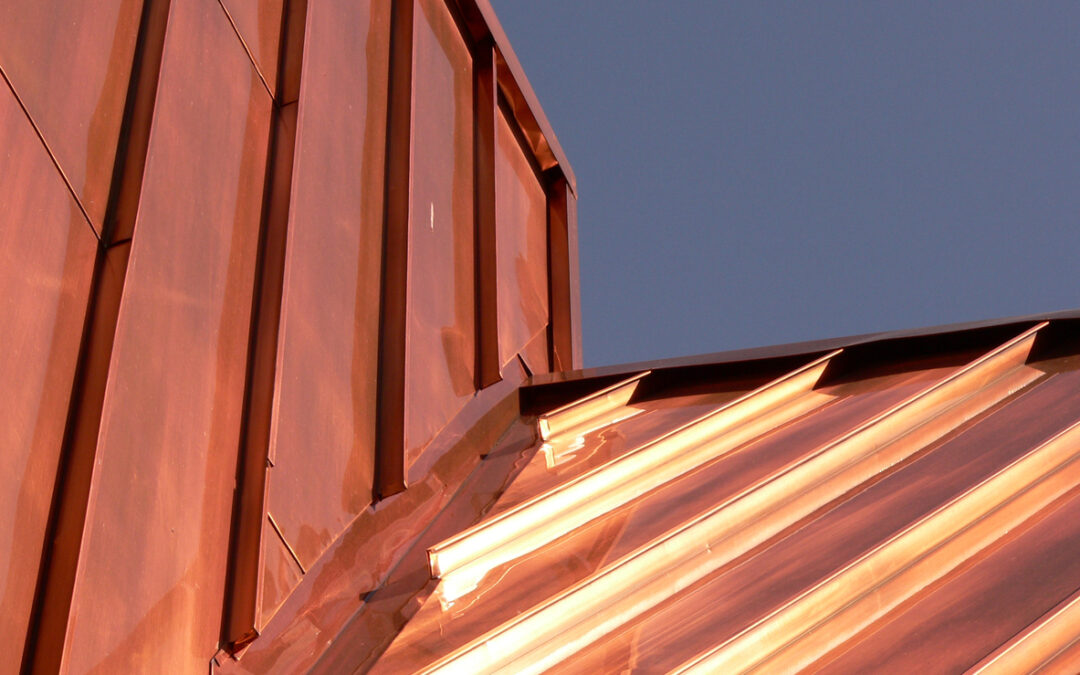When it comes to selecting a roofing system for your home or building, there are various options available, each with its own advantages and considerations. The type of roofing system you choose can affect the durability, energy efficiency, and overall aesthetics of your property. Here is a discussion of some of the types you might consider.
Asphalt shingles are one of the most popular and affordable roofing options.
They are made from fiberglass or organic materials coated with asphalt and granules. Asphalt shingles are versatile, available in a wide range of colors and styles. They are relatively easy to install, providing good protection against weather elements.
Metal roofing systems are durable, long-lasting, and energy-efficient.
They are available in various materials, including steel, aluminum, copper, or zinc. Metal roofs are lightweight, fire-resistant, and can withstand extreme weather conditions. They offer excellent durability and require minimal maintenance. Metal roofing is also recyclable, making it an environmentally friendly choice.
Clay or concrete tiles are known for their longevity and distinctive aesthetic appeal.
They provide excellent durability, energy efficiency, and fire resistance. Clay or concrete tiles are resistant to insects, rot, and mold. They are available in various colors, styles, and shapes, allowing for customization to suit different architectural designs.
Wood shakes or shingles offer a natural and rustic look to a property.
They are typically made from cedar, redwood, or pine. Wood roofs provide excellent insulation and are energy-efficient. They are also durable and can withstand wind and impact..
Synthetic roofing materials, such as synthetic slate or composite shingles, replicate the appearance of natural materials while offering enhanced durability and performance.
They are lightweight, easy to install, and often more cost-effective than their natural counterparts. Synthetic roofing materials are resistant to weather elements, insects, and rot. They can provide a long lifespan and require minimal maintenance.
Green roofing systems, also known as living roofs or vegetative roofs, involve the installation of vegetation on the roof surface.
They offer numerous environmental benefits, including improved energy efficiency, stormwater management, and enhanced air quality. Green roofs can also provide additional insulation and create a natural habitat for wildlife.
Royal Crown Roofing professionals can help you make an informed decision based on your specific needs and preferences, ensuring that you select a roofing system that meets both functional and aesthetic requirements. Contact them.




